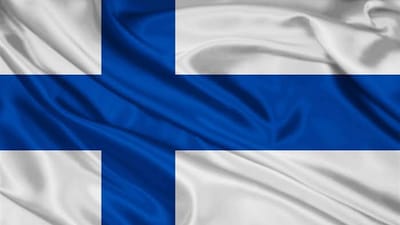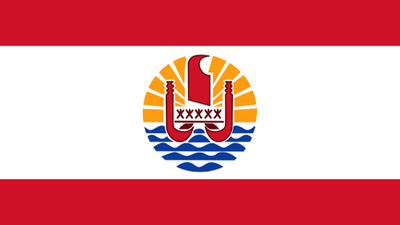Cr-Ga
Identification. Historical references to Croats in the Holy Roman Empire date back to the ninth century.
Read MoreIdentification. Christopher Columbus landed on the island in 1492 and named it Juana after Prince Juan, the heir apparent to the throne of Castille.
Read MoreIdentification. Cyprus is an island in the eastern Mediterranean that was divided into a Greek southern side and a Turkish northern side after a coup instigated by the dictatorship ruling Greece in 1974 and a subsequent Turkish military offensive.
Read MoreThe term "Czech" refers to the cultural characteristics of the Czech-speaking inhabitants of the Czech Republic (Česká republika), which includes Bohemia (Čechy), the larger western part, and Moravia (Morava), the eastern part. Northern Moravia includes Silesia (Slezsko), a historical region that lies mostly in southwestern Poland.
Read MoreIdentification. The name of the country means "Borderlands of the Danes" in reference to a political unit created during the sixth through ninth centuries.
Read MoreIdentification. Djibouti is in northeast Africa, on the Red Sea coast, bordered by Eritrea, Ethiopia, and Somalia.
Read MoreIdentification. Sighted on 3 November 1493 during Christopher Columbus's second voyage to the "New World," Dominica was named for the day: dies Dominica, "the Lord's Day" or "Sunday" in Latin.
Read MoreIdentification. The Dominican Republic became a nation on 27 February 1844 when a group of revolutionaries seized power from the Haitian rulers of the island of Hispaniola.
Read MoreIdentification. Egypt is the internationally used name but not the name used by the people of the country.
Read MoreIdentification. El Salvador "the Savior," was named by Spanish conquistadors.
Read MoreIdentification. The name of the country and the term "English" derive from the Old English word for one of the three Germanic peoples that invaded the British Isles in the fifth century C
Read MoreIdentification. "Eesti" can be traced to a first-century mention by the Roman historian Tacitus of a people or place called Aestii or Aestui.
Read MoreIdentification. The term "eritrea" derives from Sinus Erythraeus, the name Greek tradesmen of the third century B.C.E.
Read MoreIdentification. The name "Ethiopia" derives from the Greek ethio, meaning "burned" and pia, meaning "face": the land of burned-faced peoples.
Read MoreIdentification. The British named the two islands after the naval officer Viscount Falkland.
Read MoreIdentification. "Faroe" (sometimes "Faeroe") may mean "Sheep Islands." The population is monoethnic, but is culturally distinct within Denmark as a whole.
Read MoreIdentification. The Republic of the Fiji Islands is a multicultural island nation with cultural traditions of Oceanic, European, South Asian, and East Asian origins.
Read MoreIdentification. The terms "Finland" and "Finns" are external obscure derivations from early (first century C.E.) Roman references to people known as Fenni (probably Lapps or Saami) who occupied lands north of the Baltic Sea.
Read MoreIdentification. French national identity is based on the historical origins of the nation in Celtic, Gallo-Roman, and Frankish cultures.
Read MoreIdentification. Christopher Columbus sighted the Guiana coast in 1498 during his third trip to the New World.
Read MoreIdentification. The Territory of French Polynesia consists of five archipelagoes (Society Islands, Marquesas Islands, Tuamotu Islands, Austral Islands, and Gambier Islands) under French administration.
Read More

























